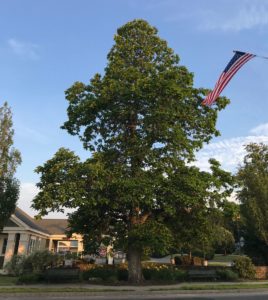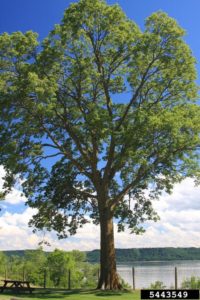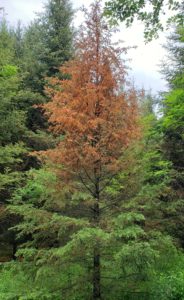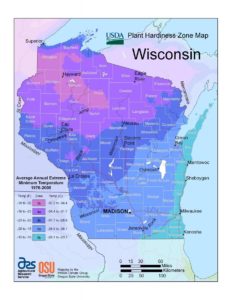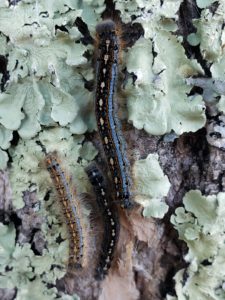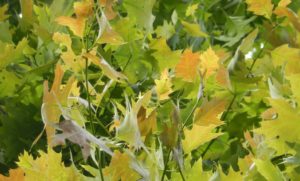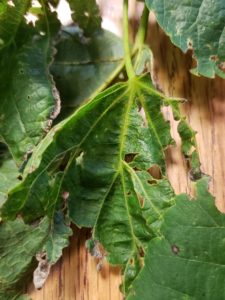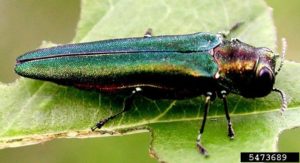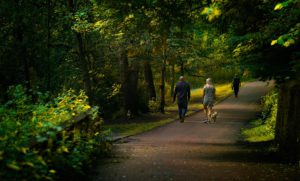 Thanks to the efforts of researchers over the past few decades, we have a solid understanding of the ecological benefits of urban forests, such as reduced greenhouse gases, decreased stormwater runoff, and lessening of the urban heat island effect. In contrast, knowledge of the human health benefits of urban forests is still developing. Existing reviews of health benefits have focused more broadly on nature, green space, and greenness rather than concentrating specifically on urban trees.
Thanks to the efforts of researchers over the past few decades, we have a solid understanding of the ecological benefits of urban forests, such as reduced greenhouse gases, decreased stormwater runoff, and lessening of the urban heat island effect. In contrast, knowledge of the human health benefits of urban forests is still developing. Existing reviews of health benefits have focused more broadly on nature, green space, and greenness rather than concentrating specifically on urban trees.
To address this gap, a team of scientists reviewed the existing quantitative research on the relationships between urban trees and human health. Their findings were published last month in the International Journal of Environmental Research and Public Health in the article Urban Trees and Human Health: A Scoping Review.
Continue reading “First comprehensive review of the health impacts of urban trees published”

